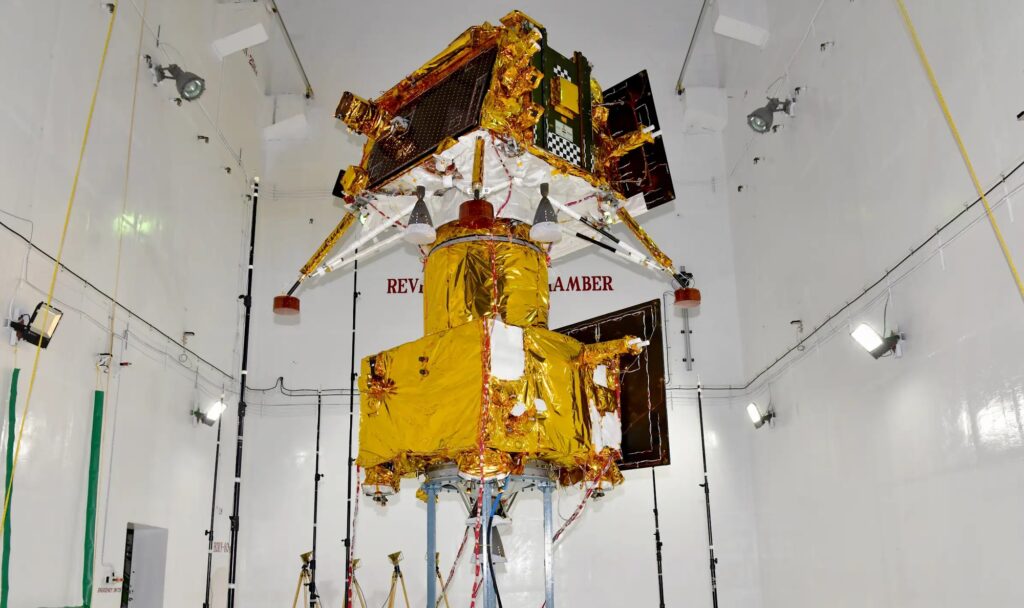The propulsion module of the Chandrayaan-3 spacecraft made a successful flight on the Moon-Earth route. This maneuver was a demonstration of India’s ability to conduct a mission to deliver a sample of lunar matter in the future.

The Chandrayaan-3 mission was launched in July 2023. Its main purpose was to carry out a soft landing in the south polar region of the Moon. The spacecraft consisted of the propulsion and a descent platform with a lunar rover.
After separation, the Chandrayaan-3 descent platform made a lunar landing in a given area, making India the fourth country in history to land a spacecraft on the Moon. As for the propulsion module, it remained in lunar orbit. The Indian Space Research Organization (ISRO) used it to relay data from the lunar surface. In addition, the module was equipped with the SHAPE scientific instrument, designed to measure the spectral and polarimetric characteristics of the Earth.
After completing all the maneuvers, over 100 kg of fuel remained on board the propulsion module. This prompted the mission specialists to return it to Earth. Thus, they would be able to work out one of the stages of a future mission to deliver lunar soil.
The first maneuver took place on October 9. During its course, the module lifted the apolune of its orbit from 150 to 5,112 kg. On October 13, a new maneuver was performed, during which the spacecraft flew over the Moon. The module used lunar gravity to leave the vicinity of the moon and move into a remote orbit around the Earth. On November 22, it passed its first perigee, lying at a distance of 154,000 kilometers from our planet.
According to an official ISRO statement, the module will continue Earth observations in the new orbit. It is worth noting that India has not previously announced that it has plans to organize a mission to deliver lunar soil. But the example of Chandrayaan-3 shows that the country already has all the necessary technologies for this.
According to https://spacenews.com
Follow us on Twitter to get the most interesting space news in time
https://twitter.com/ust_magazine


